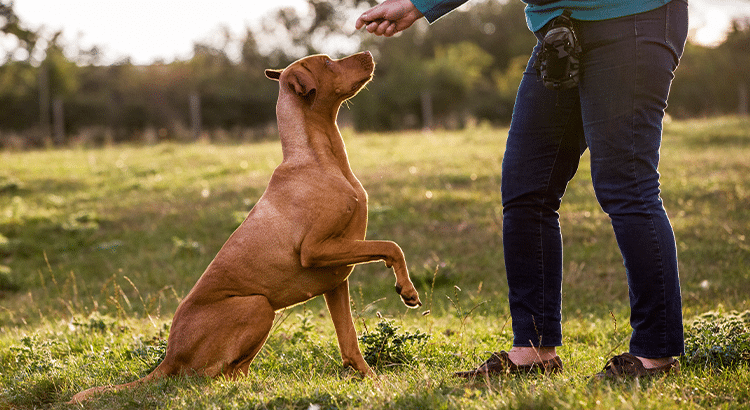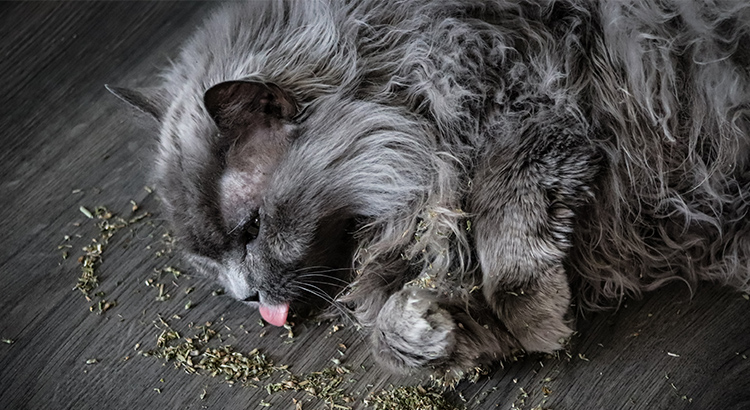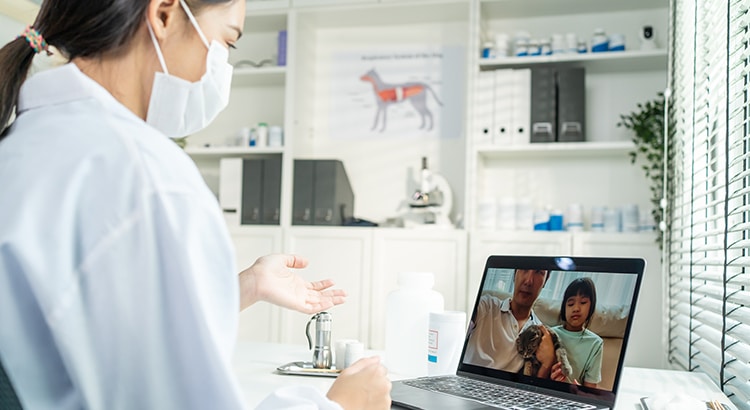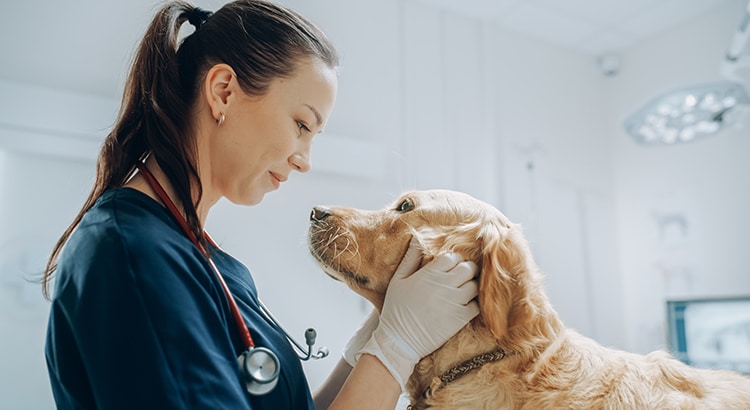
Positive reinforcement refers to the primary method used to train dogs. It is probably the most common method used around the world, however some pet owners may not fully understand the meaning or how it works. The Humane Society reports that rewards make dogs more likely to repeat a behavior, with positive reinforcement techniques as one of the most powerful tools for shaping and changing their behavior.
When to Use Positive Reinforcement Techniques
For pets to associate the reward that is being provided for a desired behavior, the reward must be given within seconds of the behavior. This helps to establish the the connection between behavior and positive reinforcement. While this technique might take some time, the idea of this method is that you will reward them right away and not wait around until a later time to acknowledge their good behavior.
Different Positive Reinforcement Techniques
Over time, you can train your dog to behave a certain way by using this training method. Here are some of the most common practices to use positive reinforcement to successfully train your pet to practice desired behaviors:
The power of positive reinforcement is attained through petting or praise as well. When your pet completes a task for performs a behavior you are proud of, petting or praising them gives instant gratification. They will then learn that in order to receive this tender loving care they will repeat the desired behavior.
Be Consistent
No matter which positive method of training you choose, consistency is key. If you stay consistent and remain stable both mentally and physically your pup will easily learn the desired behavior for the specific command or routine. It’s important to start training your pet while they are still young so that they can get used to whatever it is you need them to do. The use of positive reinforcement techniques is a way to guarantee that your pup will love training time.
At Pin Paws, we offer members only discounts on pet-centric products and services, including online tools and discounts on toys and treats to help train your pup with the use of positive reinforcement techniques. Join our Pin Paws Plus or Pin Paws Pet Care program to start saving today!



